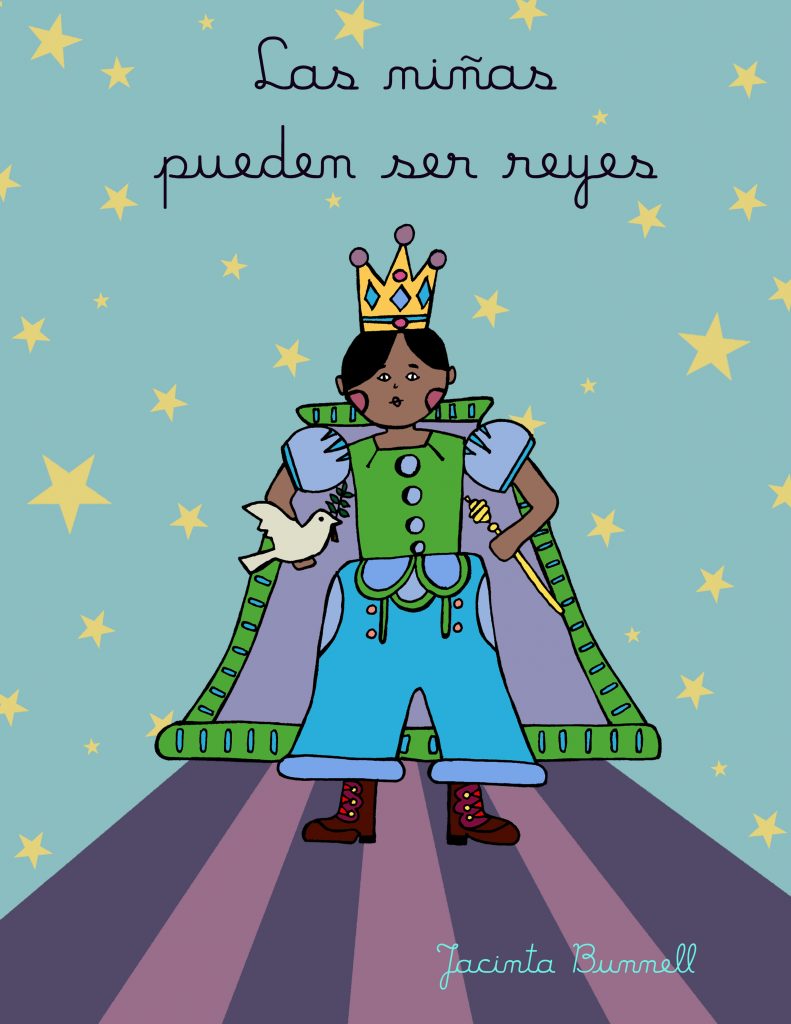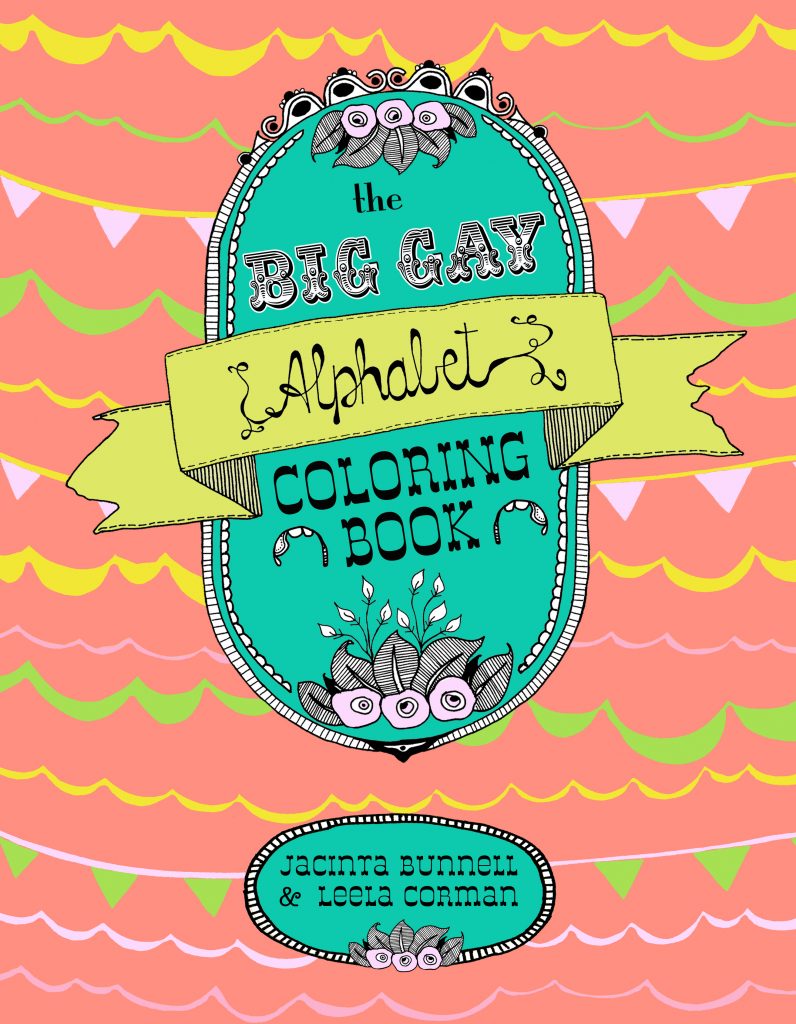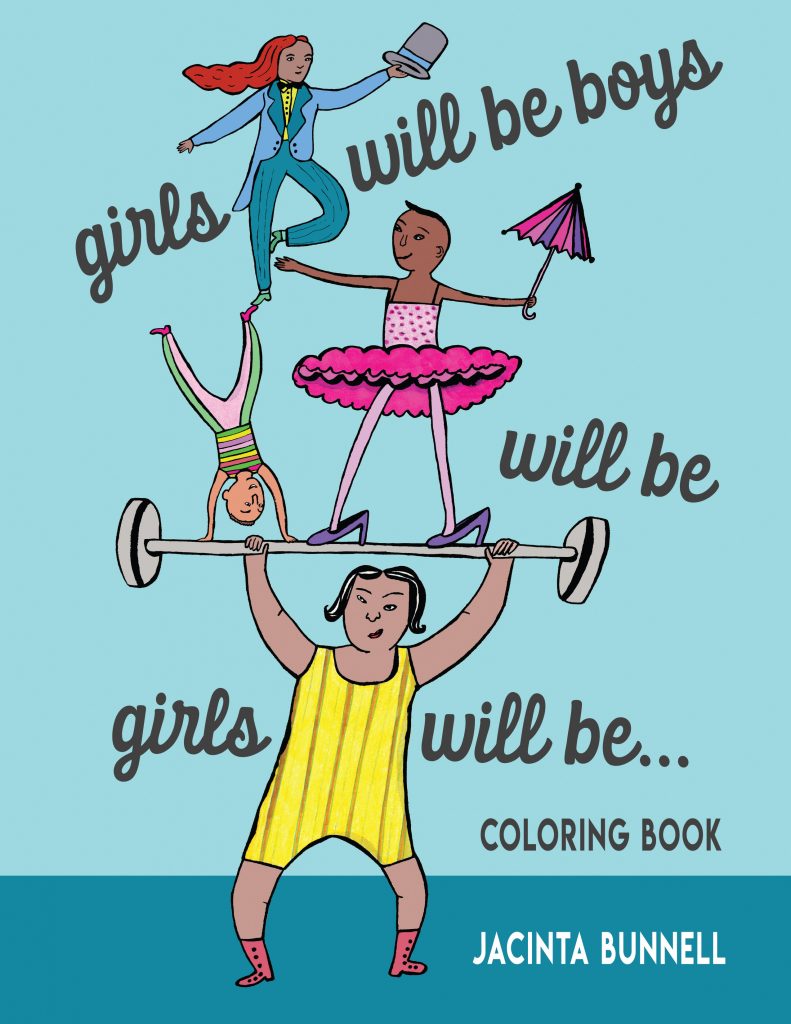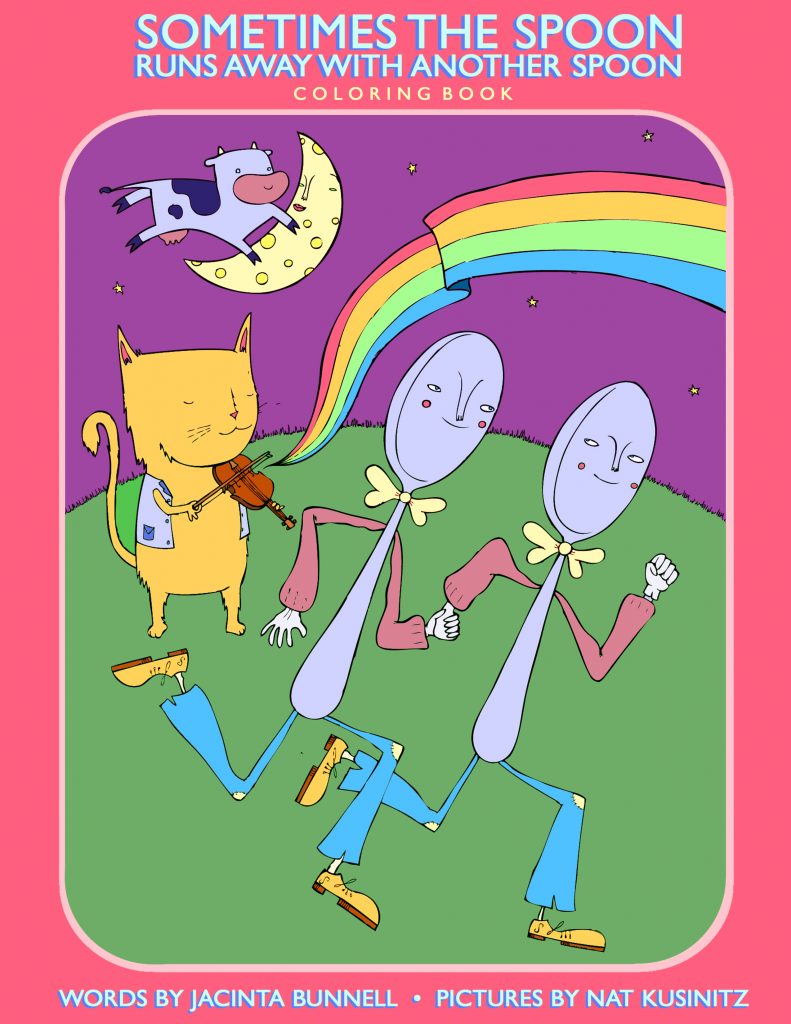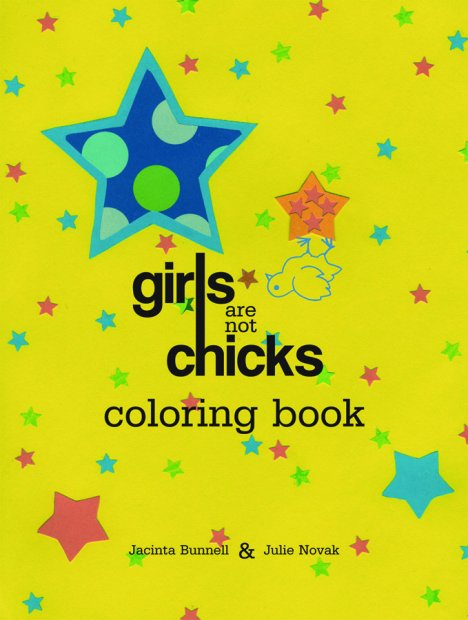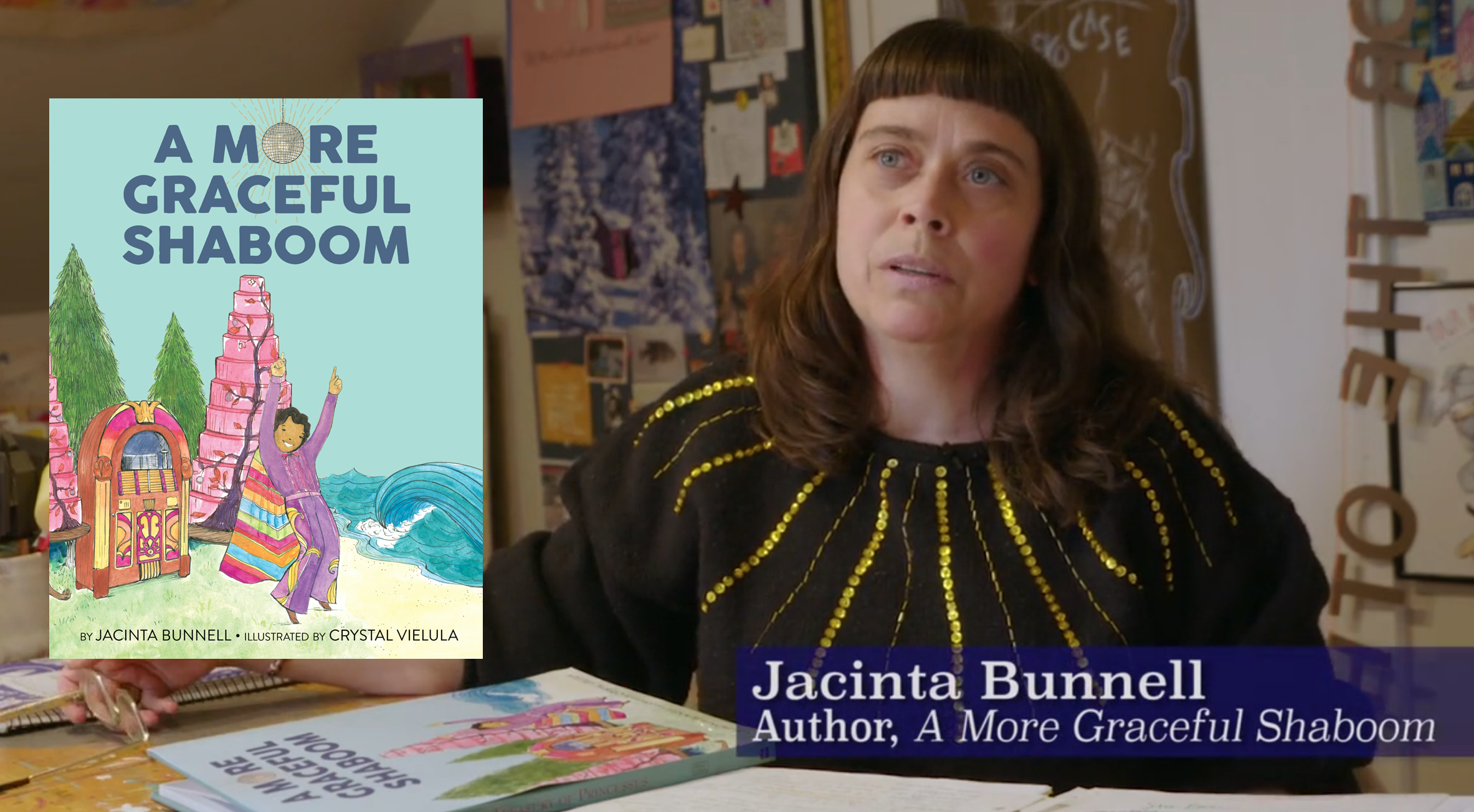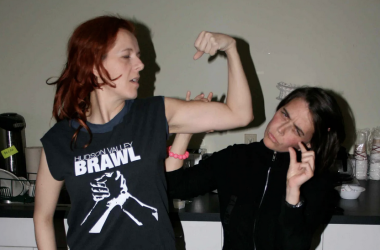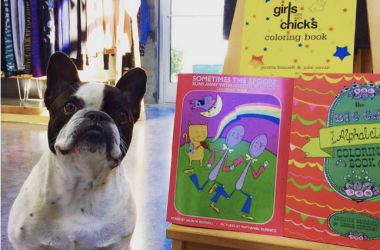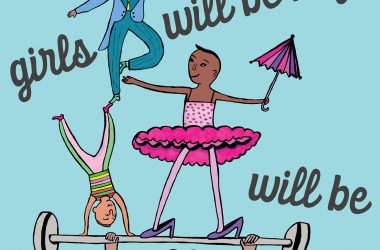Where were you born, and where did you grow up? I was born in a small town in Northeast Pennsylvania. No one spoke of feminism, gender fluidity, racism or sexual orientation in my town, unless it were in a crude, mean-spirited way. Boys that did not present themselves as typically male were tied to trees by football players: awful stuff that always horrified me, yet I had no way of communicating what I was feeling because there was not a common, understood language about injustice in my community. I just got really angry, but had no specific tools to deal with any of it. I had to wait until I moved away, went to college, to learn about so many things.
Where did you go to school, and what did you study? I went to Bucknell University where I majored in Philosophy. I had no idea why I was drawn to this field of study at first, just that all the writing suddenly woke something up in me. Looking back, I realize that I was learning critical thinking for the first time in my life and it made me feel so engaged. I finally had some tools to speak about injustice.
Have you always worked as an artist/writer? If not, what did you do before you created your work? My first job out of college was at Planned Parenthood, where I mentored peer educators and parenting teens. I have also been an assistant teacher and childcare provider. Almost all of my work throughout my whole life has involved young people in some way.
What got you interested in doing the work you do? Did you have an “aha” moment when you knew this is what you wanted to do? Growing up, I loved lots of things that most kids love. I did not see my interests in gendered terms. I loved doing big, wild tricks on my bike. I swam and climbed trees and got really, really dirty lots of the time. I had a collection of dolls and Matchbox cars. I played kickball and dressup. The kids I knew were all tender and tough. I have always carried this truth with me into my work.
What and/or who are your inspirations? While I was working at Planned Parenthood, I started a discussion group for LGBTQAI+ teens who didn’t have the family or peer support they needed and deserved. We traveled around to schools speaking about our lives as LGBTQAI+ people. We started zines and queer proms for kids from all over our region. We created community. When I left to start my own childcare business, I observed children playing unbiased and non-gendered games every day, and yet the toys, movies and clothes all around them were sending clearly gendered messages. I came together with Irit Reinheimer in 2001 to make a coloring book. We were both doing childcare and would commiserate about all the princesses, the predictable gender roles, the lack of queer and trans people in the books and movies these children were consuming. Both of us were making zines at the time, and the ethos of zine culture has always been that if you are not finding what you want to be reading, go and publish it yourself. Though my work directly draws from feminist, queer, and trans scholarship and activism, I try to make it accessible to people of all ages via the familiarity of coloring books and childrens books. I want people to be proud of themselves. If you do not see yourself in print anywhere, how do you know you are not the only one that thinks, acts and feels as you do? If you can get people to laugh at themselves and at cultural expectations, their hearts will be more open to looking at difficult issues. I hope people come away with a deeper critique of children’s media and the way it introduces us to concepts whose influences we often take for granted throughout our whole lives.
Are you self-taught? If not, how/where did you learn your craft? I began writing poems, short stories,and newspaper articles in college, but didn’t fully identify with the title “writer” for many years. When I left Planned Parenthood, I took a few workshops with Lynda Barry. Her workshop doesn’t require you to be a professional writer or journalist. These workshops were pivotal for me, and gave me confidence in the kind of writing I had been doing, but hadn’t seen in many places.
What materials do you work with? What do you like about working with them? For the coloring books, I mostly studied existing books to identify what I did not want to see in books anymore.
Do you make your products by yourself, or do other people make at least part of it? In the case of all my books, I have collaborated with a different artist for each book. Each of them contributed illustrations and/or design work unique to them.
Is there anything especially unusual or challenging about the process? We have been so hungry for LGBTQAI+ representation in media that we have taken some deeply trauma-laden narratives into our homes and schools. We need shelves of books to choose from that are about mystery, adventure, time travel, and joyful abandon, all with LGBTQAI+ characters. We have been spending some years calling out the bullies in kid’s media, which is an important tool in educational settings, but do we really want to make children continue to relive trauma stories over and over again? I spent a considerable amount of time studying kid’s books with LGBTQAI+ content and I was left with the feeling that authors of LGBTQAI+ children’s stories have been left out on these deserted islands, with few publishers, editors, or designers to make their books be the best they can be for the broadest audiences. I have read hundreds of books for children with LGBTQAI+ content and there is an all-too-common narrative of trans and queer children getting bullied or left out. Researching proved to be very triggering at times! I want stories about queer and trans children that are celebratory and adventurous, about love and mystery, and all the things everyone else gets to experience.
How would you describe your workspace to a curious customer? I write in different places, the kitchen table, the couch, a writing retreat,…When I make visual art, I have a small studio in the upstairs of my 200-year-old house.
Do you travel anywhere to collect materials or develop your item(s)? If so, where and how often? When I was working on a coloring book, I just kept a notebook on hand to jot down all the ideas that bubbled up over the course of a day: I might be inspired by something I witnessed on the playground or in a conversation with a child, maybe something I saw on a billboard or in a movie. In 2008, I set out to write something, but I didn’t know what yet. Filled with inspiration from a writing workshop with Lynda Barry, I sought a quiet retreat, a place far from the busyness that was daily life. My friend Neko Case offered her farm in Vermont. The first day, after lighting a fire in the wood stove, I sat down with some sheets of lined paper and a sharpened pencil, wrote one sentence, and instantly felt sleepy and overwhelmed by what I had asked of myself. So I did what any good writer would do in that situation: I took a nap. When I awoke, I looked to the window next to my borrowed bed. The window was wholly covered with frost, with the exception of one grapefruit-sized heart which had perfectly melted on the window while I napped, through which now shone a red barn or what looked to me like a red heart. I bolted up in bed, and immediately the story of A More Graceful Shaboom poured onto the page. I could not stop the flow for hours. It was a rare state any creative person longs for. I spent the next ten years editing, receiving feedback, and pairing my words with Crystal Vielula’s beautiful illustrations.
How does your work help people, or bring them joy? Have you had customer reactions to your work that have warmed your heart and/or helped motivate you? There is a lot of academic discussion and theorizing about gender and sexuality. Most of it is accessible to a very small group of people. I wanted to approach these subjects with humor to make them more accessible. In classic Disney, female characters are portrayed as hapless, helpless, sexualized, weak humans who have to be rescued by birds, mice, fairies and elves. In Dr. Seuss, females are nearly non-existent. In fairy talks, women are often battered, killed or tortured. I have always created characters that show representations of people who have been here all along, but got pushed out of or erased by media. Many people live with the privilege of seeing others like themselves in media. But this is not so much the case for LGBTQAI+ children. If we want to teach children about a better world, we need to continue providing them with media that is celebratory of queer and trans life, that give glimpses into the profoundly nuanced and dazzling world we inhabit. A 5 year old child named Michael and his mom reached out to me when my childrens book came out. They read A More Graceful Shaboom at bedtime every night when they bought it. He then declared that it was his new favorite book and even carried it with him in the car so he could read while they were driving. As an author, this was one of the most validating reviews I could have asked for. I want to be that safety net/security blanket for the kids I don’t get to know in person. One time I was touring, I did a workshop in Toronto. The only people who came were this family of four. It was Father’s Day and they were seeking some support for their boy child who wanted to wear what are deemed as “girls” bathing suits. We spent hours together making coloring books about gender diversity and I think we all felt a little better after spending a holiday together validating each other’s realities.
Do you have any fun stories about your own use of the product?
A lot of my friends are in bands. I have lived near Woodstock since I was 23, so maybe that has something to do with it. My friend Neko Case invited me on a few tours with her so I created a funny, multi-media overhead projection show and showed it to her fans between sets. I am not sure some of them knew what hit them, but many queer and trans folks came up to me afterward and thanked me. My favorite book tour was through the Midwest in a vintage Mercedes converted to run on vegetable oil. There are networks of punks who put on shows all over and we would stay at their houses. We only paid $50 for fuel and we were gone for five weeks. We had to collect used fryer oil from a restaurant in every town, pumping it out of grease dumpsters.
How did you start working with PM Press? When I decided to make a second coloring book, Girls Are Not Chicks, I self published and sent it out to publishers, but no one bit. Until out of nowhere, years later I heard from Ramsey who had left one of the publishers I had originally approached and who had now founded PM Press. They picked up the book, and I have been with them ever since. PM Press amplifies the voices of social justice leaders. SHE/HER/HERS
+++INSTAGRAM+++++++WEBSITE++++
